Economic Stability and Growth
Economic stability and growth are crucial factors driving the Group Life Insurance Market. As economies recover and expand, businesses are more inclined to invest in employee benefits, including group life insurance. Data suggests that in periods of economic growth, the demand for life insurance products tends to increase, as companies seek to enhance their employee value proposition. This trend is particularly evident in sectors experiencing robust growth, where organizations are keen to attract and retain skilled talent. Thus, the correlation between economic conditions and the Group Life Insurance Market is evident, with favorable economic climates likely to bolster demand for group life insurance.
Regulatory Changes and Compliance
Regulatory changes and compliance requirements are influencing the Group Life Insurance Market significantly. Governments are increasingly mandating certain benefits, including life insurance, as part of employee compensation packages. For instance, legislation in various regions requires employers to provide life insurance coverage to their employees, which has led to a surge in demand for group life insurance products. This regulatory environment not only ensures that employees are protected but also compels employers to adapt their benefits strategies. Consequently, the Group Life Insurance Market is experiencing growth as companies seek to comply with these evolving regulations while providing essential coverage to their workforce.
Increased Focus on Risk Management
The heightened focus on risk management within organizations is emerging as a significant driver for the Group Life Insurance Market. Companies are increasingly recognizing the importance of safeguarding their workforce against unforeseen events, which has led to a greater emphasis on life insurance as a risk mitigation tool. This trend is particularly pronounced in industries characterized by high-risk environments, where employers are compelled to provide adequate coverage to protect their employees. As organizations prioritize risk management strategies, the demand for group life insurance is expected to grow, reflecting a broader understanding of the need for comprehensive employee protection within the Group Life Insurance Market.
Rising Awareness of Employee Benefits
The increasing awareness of employee benefits among organizations appears to be a pivotal driver for the Group Life Insurance Market. Companies are recognizing the importance of offering comprehensive benefits packages to attract and retain talent. This trend is underscored by data indicating that approximately 60% of employees consider benefits as a crucial factor when choosing an employer. As organizations strive to enhance their value proposition, the demand for group life insurance is likely to rise. Furthermore, the competitive landscape compels employers to differentiate themselves through robust benefits offerings, thereby propelling the growth of the Group Life Insurance Market.
Technological Advancements in Insurance Solutions
Technological advancements are reshaping the landscape of the Group Life Insurance Market. Innovations such as digital platforms and data analytics are enabling insurers to offer more tailored and efficient solutions. These technologies facilitate streamlined processes for both employers and employees, enhancing the overall experience of obtaining and managing life insurance. Moreover, the integration of technology allows for better risk assessment and pricing models, which can lead to more competitive offerings in the market. As organizations increasingly adopt these technological solutions, the Group Life Insurance Market is likely to witness accelerated growth, driven by enhanced accessibility and improved service delivery.
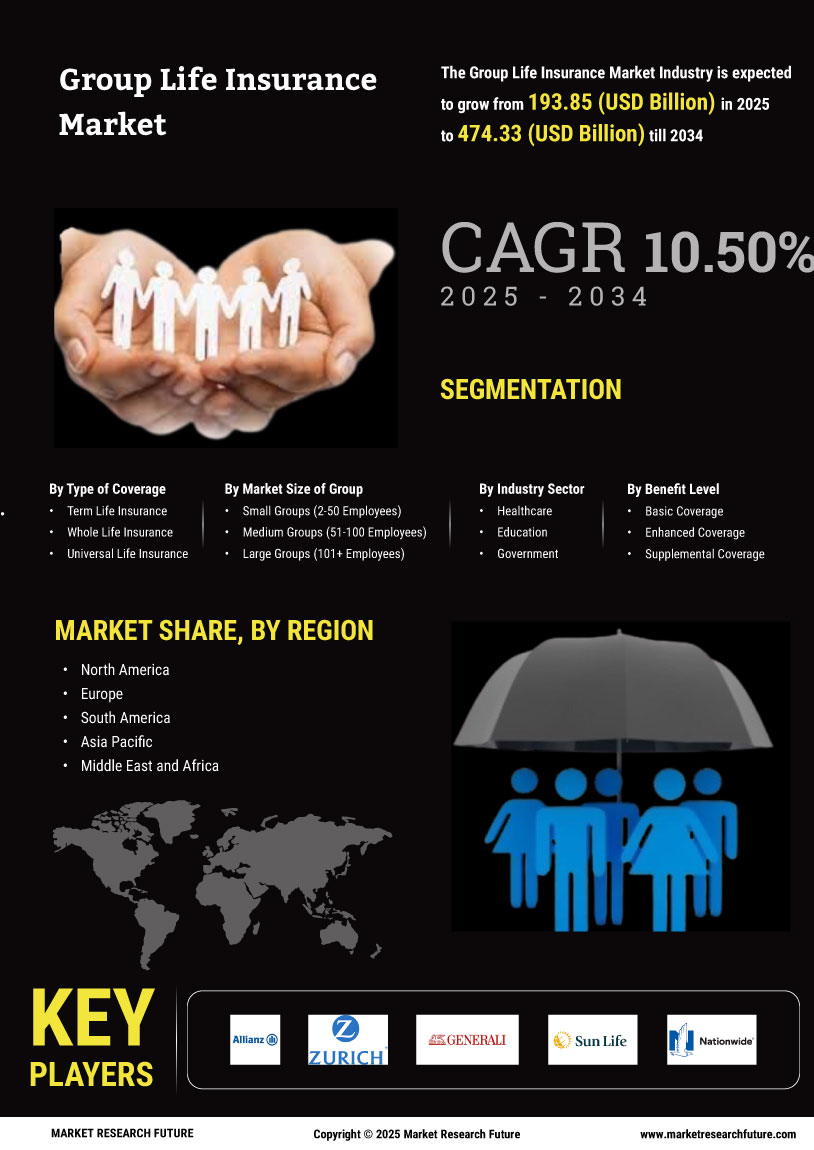


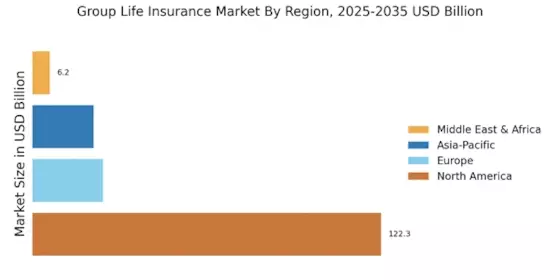

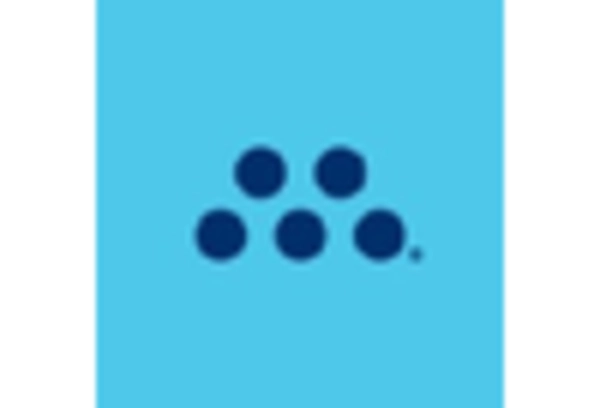
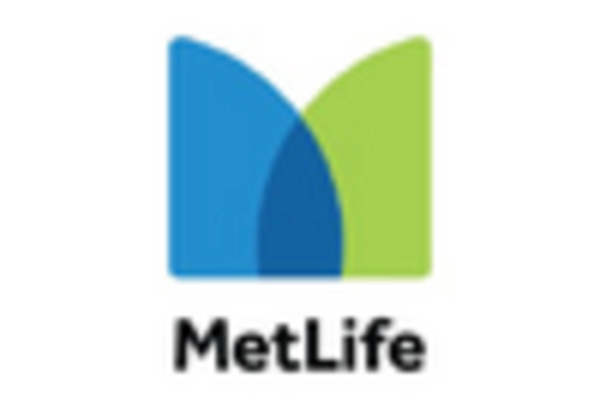
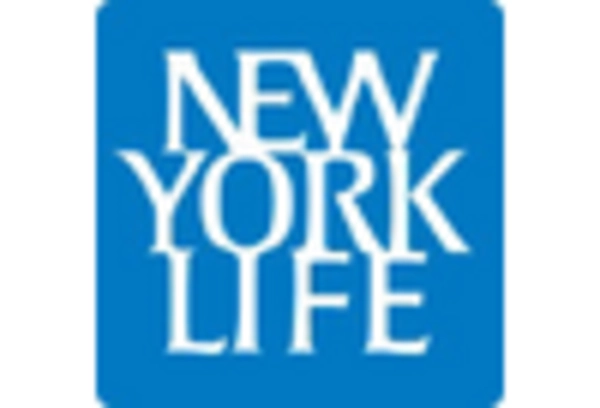

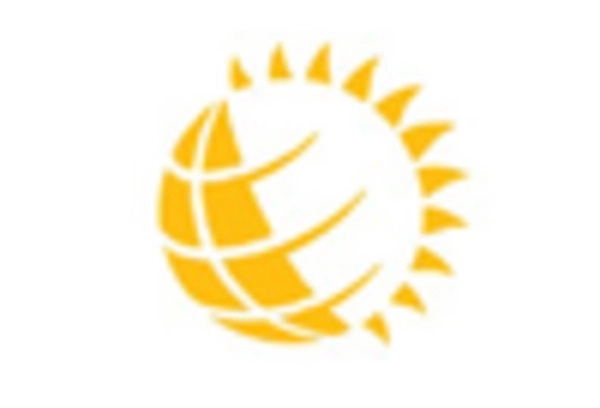








Leave a Comment